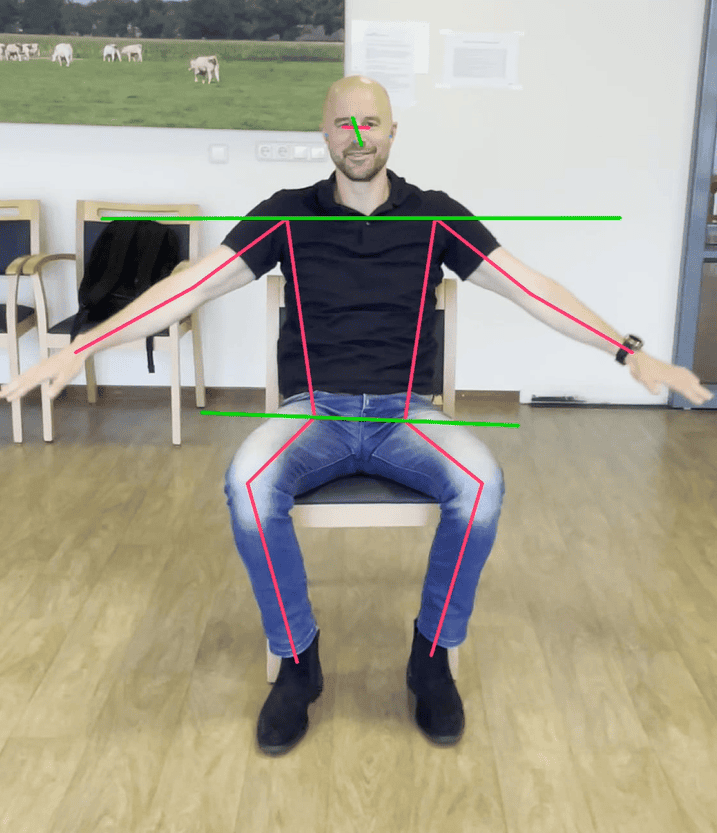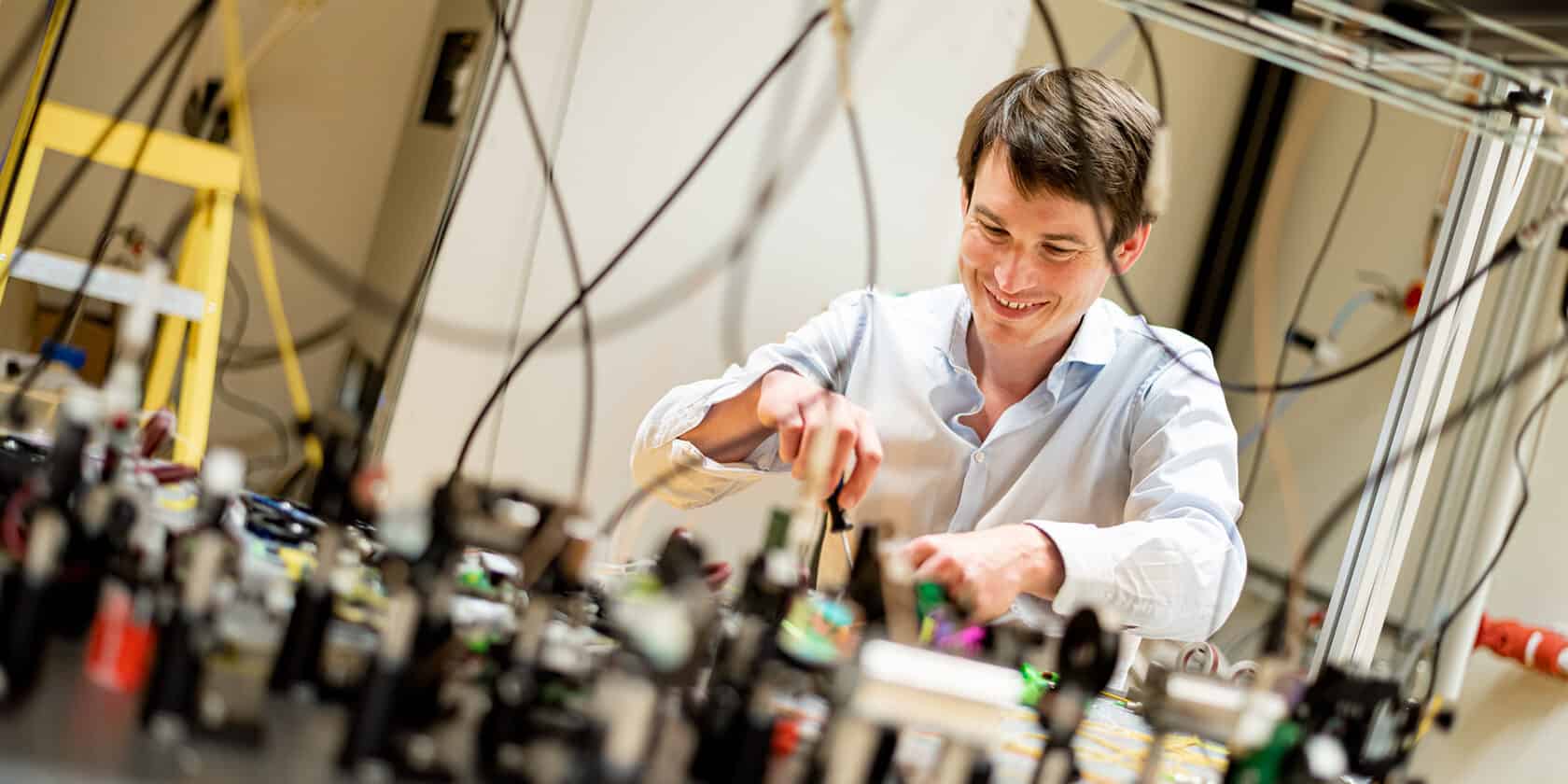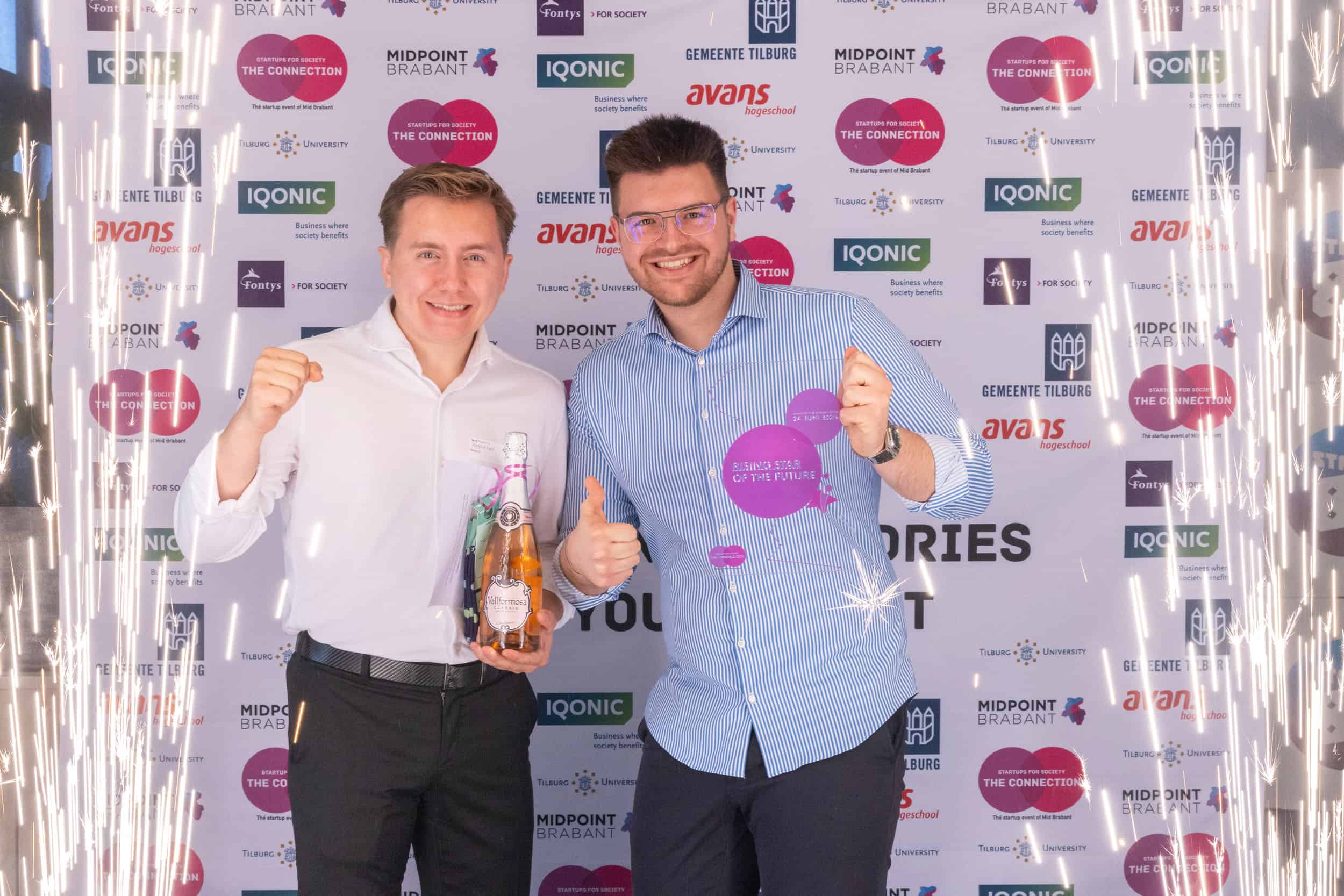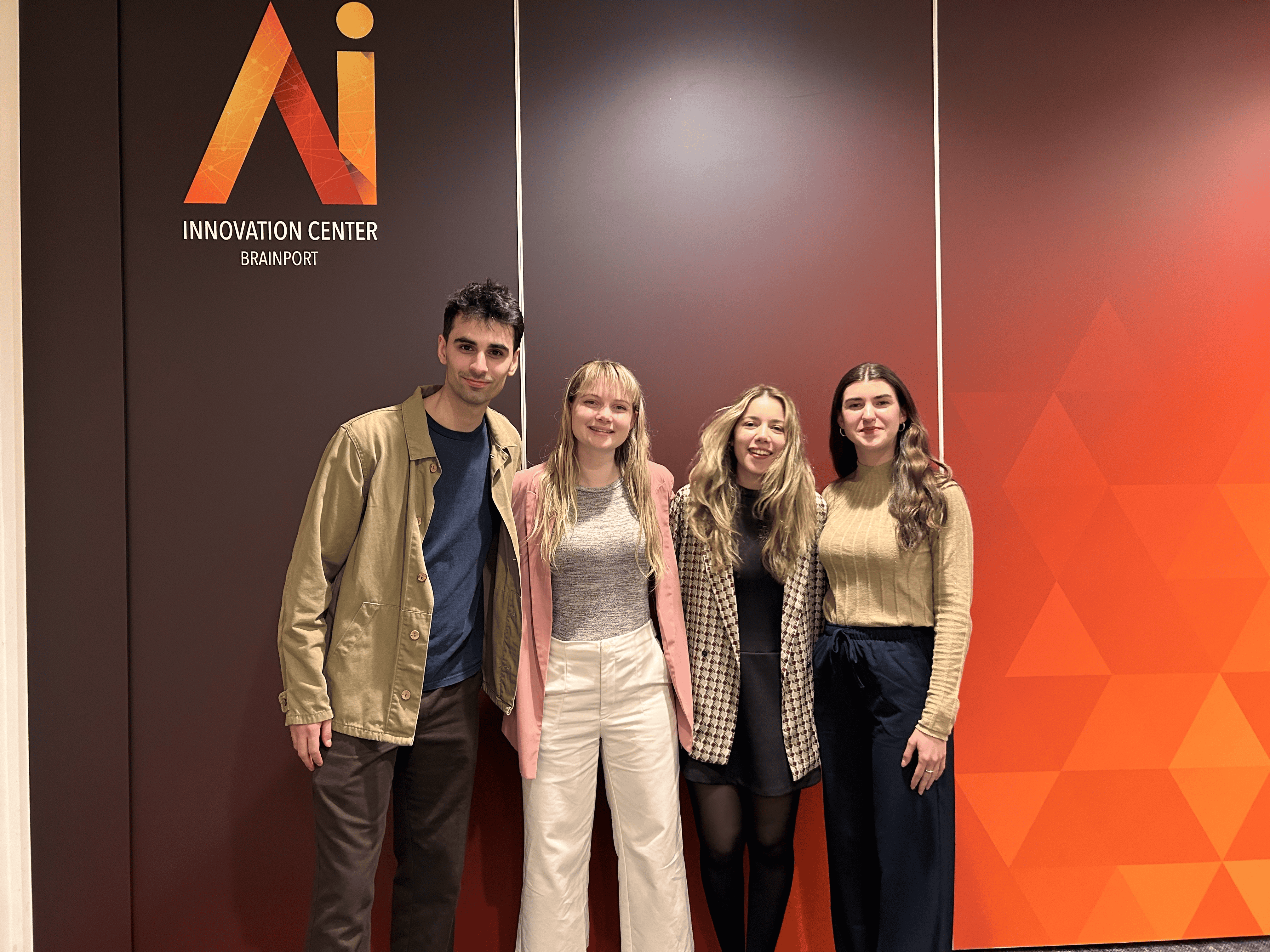
About Morecognition
- Founders: Paolo Ariano, Felice Di Luca, Nicolò Celadon, Silvia Appendino.
- Founded in: 2017
- Employees: 4
- Money raised: € 200.000
- Ultimate goal: Achieving patients’ satisfaction.
Being the CEO of a healthcare start-up, what motivates Paolo Ariano the most is patients’ reaction to his company’s innovation, even more so when unexpected. “I recently met a patient who, telling me his story, stressed how the stroke impacted his walking capabilities. I felt uncomfortable, as our device works on hand rehabilitation. Nevertheless, I made him try it anyway, showing him the signals his muscles were sending. He almost burst into tears, and at that moment, I apologized, because we are still working on a solution to be used for legs. He looked at me saying: ‘Don’t worry, to walk properly I need a reliable hand.’ At that point, I was puzzled. Then, he clarified: ‘I use a walker to move, I need to have a strong hand.’ These words gave me the energy to work for the next sixth months.”
Morecognition designed Remo, a digital therapeutics platform assisting post-stroke patients in their home rehabilitation activities. Remo consists of a wearable sensor – similar to a smartwatch but with more capabilities – and a desktop and mobile app where patients and therapists can find all data regarding the rehabilitation program. The system gathers biofeedback, which means gaining awareness of body functions using electronics. Ariano spoke to Innovation Origins about his company for this installment of the Start-up of the Day series.
What does your company do?
“We are focusing on the hand’s post-stroke rehabilitation. The forearm’s muscles are those who control the hand’s movement. After a stroke, if there are no other complications involved, patients suffer a hemiparesis – the inability to move on one part of the body – impacting upper and lower limbs.”
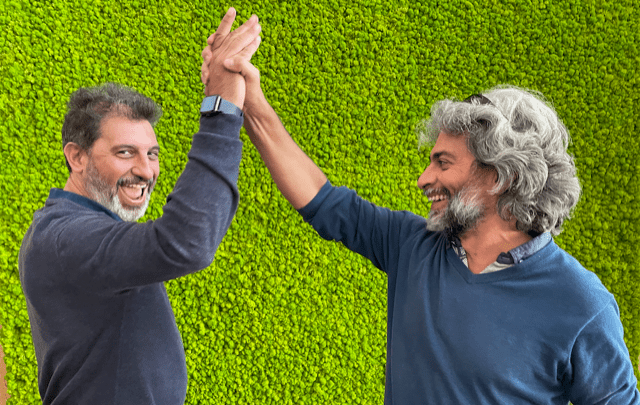
What does set Remo apart?
“Our wearable can perform surface electromyography. In other words, it can measure muscle activity. Remo can also reconstruct movement – like smartwatches do – but can give further insights into how a muscle is contracting. I was often told that this is something that cameras can track. However, when a patient is recovering from a stroke, the hand’s range of movement is limited. A camera can barely see it moving. Obviously, this kind of movement is imperceivable to an accelerometer – a sensor also embedded in smartphones.
Most importantly, we can show patients that the hand is moving. Remo connects to their smartphones, displaying to them in real-time their muscle activity. They are aware that the hand might not be moving that much, but the fact that they can see that their muscles are sending signals engages them more throughout the rehabilitation process.”
How does your technology change post-stroke rehabilitation?
“Once the therapist defines a patient as ‘Remo-ready’, the rehabilitation process can start. In the first session, the doctor makes the patient wear the forearm sensor, to perform – and record – the first exercise session. Concurrently, the specialist creates a patient profile on the app. Once at home, the patient can use the sensor autonomously and log in to the app, where one can find videos and an exercise schedule. As sessions are performed, all insights are uploaded to the cloud that the therapist can access at any moment, checking results and if the schedule is being followed.
In addition, we recently included caregivers in the system. This way, we give access to the process to somebody close to the patient. This is to check if the exercise schedule is being followed and to motivate the patient in doing sessions.”
What advantages does Remo bring?
“So far, we conducted two clinical trials, and the third one is in progress. The main result we obtained in the first trial is that 86 percent of post-stroke patients can use Remo autonomously. The second trial showed how those in care profit by using Remo in their daily activities. Furthermore, with the ongoing trial, we believe to demonstrate that the patients that use our technology improve more than those only being treated with conventional procedures. In addition, we save therapists’ time – meaning that the doctor can look after more – while giving patients the chance to have double the number of therapy sessions.”
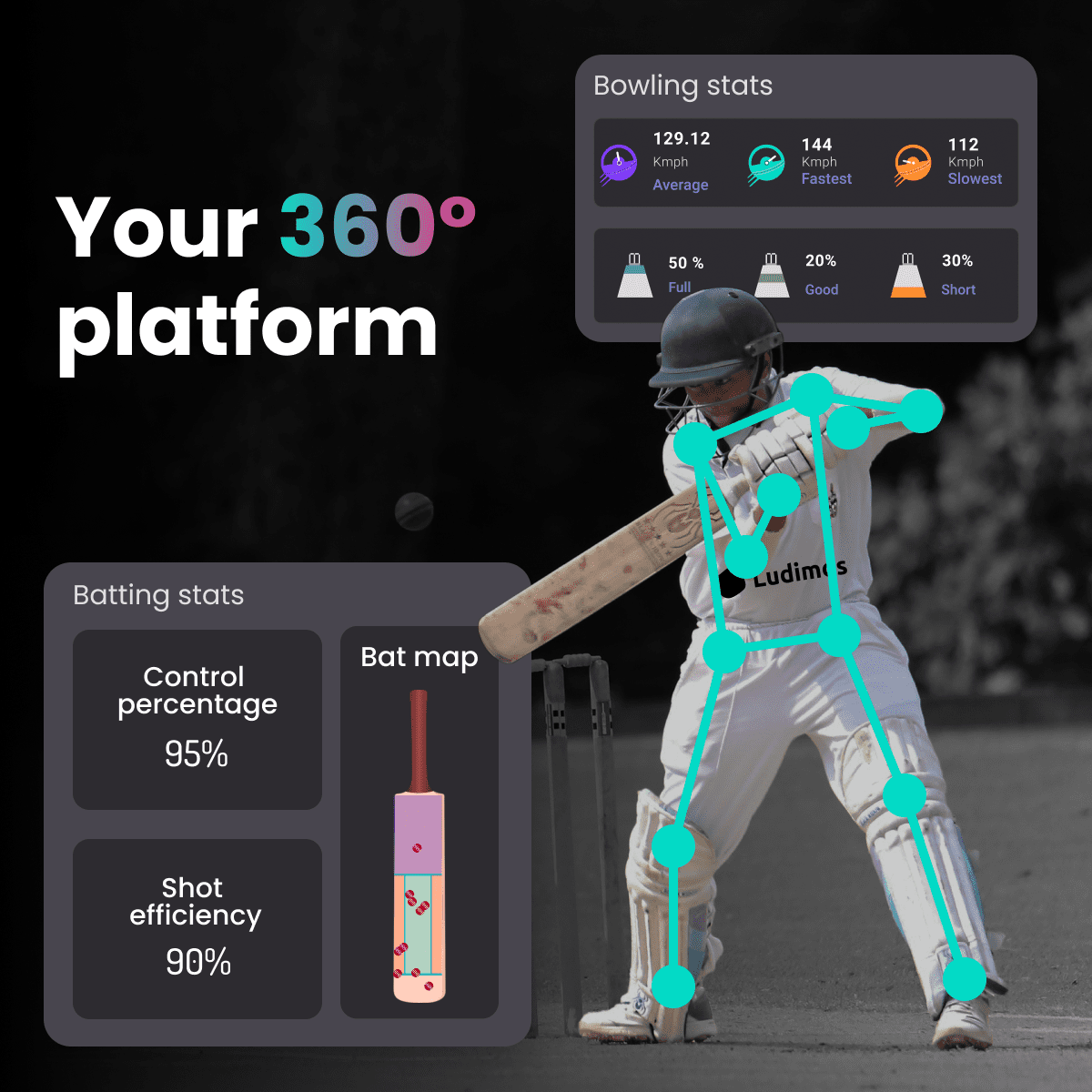
What is in your roadmap?
“We plan on finalizing three versions of Remo. The first one allows post-stroke patients to exercise in rhythm, the second will implement gesture similarity feedback, and the third one will improve biofeedback. Besides, we will have to understand how to expand to other markets, like sports injury prevention. In this regard, we used Remo to conduct a study on knee ligaments, so as to check their status and forestall traumas.
Furthermore, we are also exploring the pharmaceutics market. In that field, our expertise could come in handy for tracking molecules working on muscle tone or those operating on the recovery of the neuromuscular system.”
What are your goals?
“The main ambition is to provide post-stroke patients with devices that help them in their daily activities. The second one is expanding our business. We plan to become the first digital therapeutics platform in Italy and start selling our product in 2023. Then, we will expand to other European countries.”
In the main picture: Remo’s forearm sensor and the mobile app



